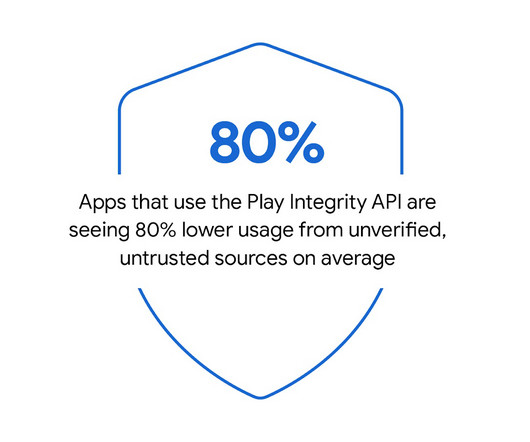Forging the Path to Continuous Audit Readiness
CyberSecurity Insiders
JANUARY 9, 2023
Technology oversight is a common mandate across IT and security frameworks and compliance specifications, but achieving that oversight is difficult. each year on compliance activities [2]. Data discrepancies and deviation from pre-designated control frameworks are common. By Scott Gordon, CISSP, Oomnitza .















Let's personalize your content